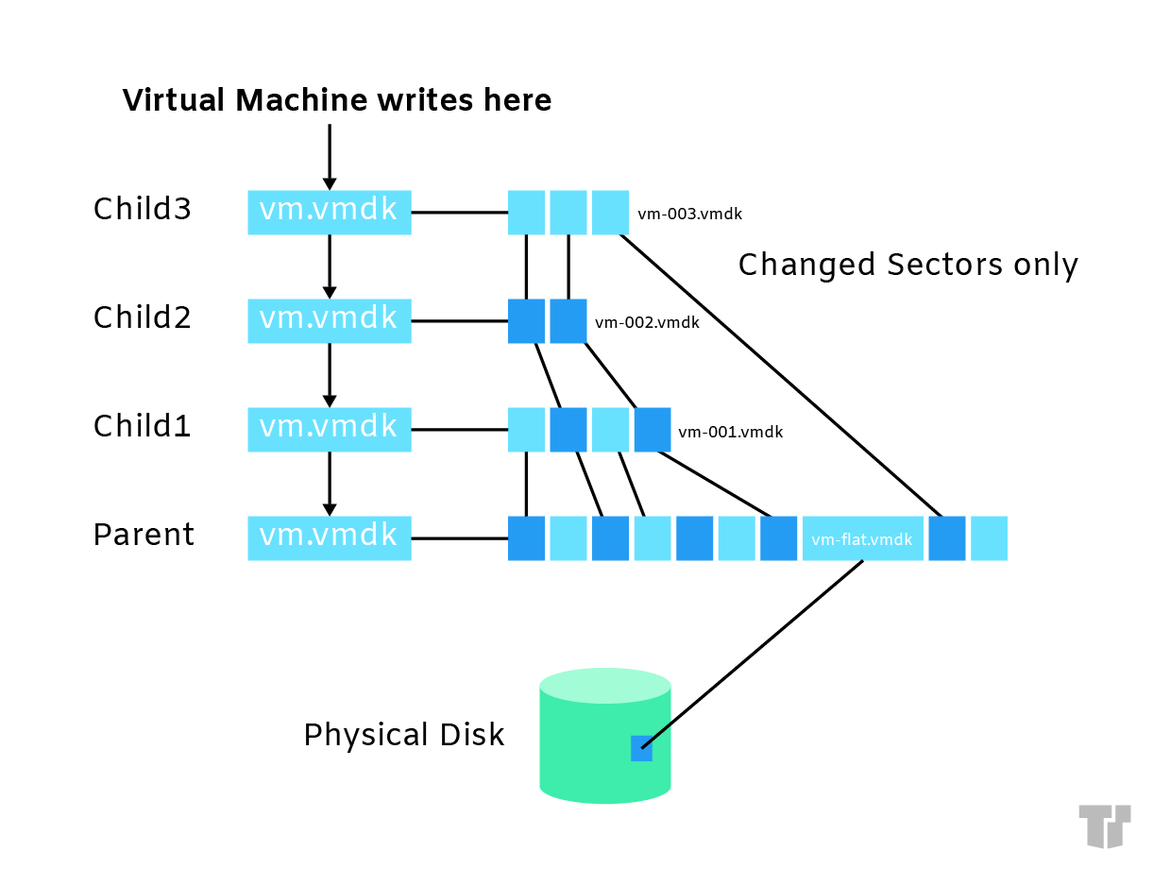VMware Snapshots: Improvements & Limitations
Who doesn’t love technology?
It’s always changing and improving, making it easier for businesses to stay competitive. One of the ways this happens is through cost reduction - an ongoing trend in server operations that has only increased in the last decade!
Unfortunately, many companies still tend to dedicate a physical server to only one specific application. The result? Multiple servers that don’t operate at their full capacity. This often leads to increased operating costs and inefficient use of capacity.
Virtualization Software
Virtualization software, like VMware, corrects inefficiency and increases agility by creating “virtual machines” (VMs) - tightly isolated, self-contained independent software containers. As a virtual representation of servers, storage, networks, and virtual applications, one VM can operate multiple operating systems.
VMware vSphere 7 + Improvements
Released during Spring 2020, VMware vSphere 7 builds and expands upon infrastructure modernization. This software improves productivity by powering the VMware Cloud Foundation - the hybrid cloud platform for managing VMs and orchestrating containers. According to the vSphere blog, its improved capabilities include:
- Intrinsic security & control
- Simplified lifecycle management
- Performance & resiliency for application acceleration
VMware Snapshots
As a component of vSphere 7, snapshots provide glimpses into the state (suspended, powered on, powered off) and the data of a virtual machine (all files, memory, disks, virtual interface cards, etc.). In addition, they provide a virtual disk log and can also help restore virtual machines to a specific point in time during which a system error or failure occurred. Administrators can take multiple snapshots to create these “restore points”.

VMware Snapshot Limitations
The snapshot, though a useful tool, has several limitations:
- VMware does not support snapshots of raw device mapping physical mode disks, raw disks, and guest operating systems that use an iSCSI initiator. It is not possible to take a snapshot of a suspended VM or a powered-on VM with independent disks.
- Snapshots can cause performance degradation if the snapshot (or snapshot tree) is in place for too long - including during power-on delays.
- Snapshots should not be used as backups. A snapshot is merely a short-term solution for capturing VM states — it is not a long-term backup method.
- Large quantities of snapshots are difficult to manage and they are unprotected during hardware failure.
- Snapshots can take longer to finish if your VM has virtual hard disks larger than 2TBs.
- VMware does not support snapshots that are configured for bus sharing.
- PCI vSphere DirectPath I/O devices do not support snapshots.
Trusted Tech Team is an accredited Microsoft CSP Direct Bill Partner, carrying multiple Solutions Partner designations and the now-legacy Microsoft Gold Partner competency. Based in Irvine, California, we report trends affecting IT pros everywhere.
If your organization uses Microsoft 365 or Azure, you may be eligible to receive a complimentary savings report from a Trusted Tech Team Licensing Engineer. Click here to schedule a consultation with our team now to learn how much you can save today.
Subscribe to the Trusted Tech Team Blog
Get the latest posts delivered right to your inbox

